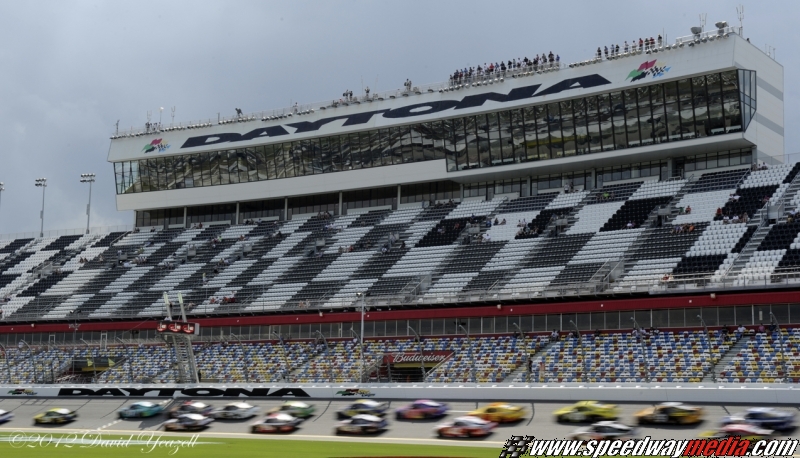The Sydney summers can damage your car. Find out how to best protect your car from the heat this year.
While summer is a great time to be out and about, it’s pretty hot in Australia this time of the year. If you are in or around Sydney, you may already have faced the harsh summer temperatures this year. Apart from the hardships that come with the heat, there’s one more concern on the streets of Sydney – your car.
That’s right – regardless of whether you’re driving a new or a used car on Sydney roads, the heat can damage your car. So, it is essential to take care of your vehicle to make sure it doesn’t cost you a fortune later. Let’s discuss some helpful maintenance tips to make sure your car survives the summer.
1. Take Care of the Cooling System
The cooling system of your car’s engine needs to be fully functional and in top-notch condition during summer to prevent the engine from overheating. Flushing the cooling mechanism is important and should be done from time to time. Don’t forget to check the coolant level to make sure it is at the right level. You can fill it up with the coolant as needed.
The rubber and plastic components of the cooling system may get damaged from the overheated engine, So it’s better to check those as well, and get it fixed if needed.
2. Is the AC Working Fine?
It’s next to impossible to travel with a broken air conditioning system in your car in the Sydney heat. It can lead to health issues on days with high temperatures and humidity.
Therefore, you should proactively schedule maintenance for your car’s air conditioning system. If that isn’t feasible, the least you should do is conduct a self-inspection of the air conditioning system and consult an expert if something appears to be wrong that can’t be fixed by you. Be sure to check out Natrad if you would like more information on car air-conditioning.
3. Prevent External Heat from Getting In
Not only is it important to have a cooling system inside the car, but it’s also necessary to reduce the amount of heat entering your car from outside. A great way to do that is by applying a layer of ceramic car coating. This type of coating bonds with the paint, providing lasting protection to both the exterior and interior of your car.
Ceramic car coating protects your car from absorbing the heat and the associated radiations like harmful ultraviolet rays. It also helps you ensure that overheating is not causing cracks in the paint of your car.
Besides, ceramic car coating can prevent stains from bird droppings settling on your car’s surface, as well as from minor scratches.
And if all these reasons aren’t good enough, here’s the jackpot – it can help your car look as good as new!
4. Pay Attention to the Battery Health
Many people don’t realize that your battery’s health is not only affected by winter, but by summer too. Heat can cause malfunction of the battery or its failure to operate properly.
So watch out for telltale signs of your battery’s declining health over the summer months. This may include :
- Slower cranking of the engine than usual while starting the car;
- Dimmed headlights or internal lights;
- The “check battery” light on the dashboard is lit up.
You should make sure the battery is in tip-top condition so as not to be surprised by a sudden and unwanted breakdown.
5. Check the Tyre Condition
Checking the tires before hitting the road is always a good practice. And this practice can prove to be helpful during the summer months too.
Visually inspect if your tire threads are showing signs of wear or not. It is dangerous to drive with worn tires as those can lead to uneven handling of your car both during driving and while using the brake. And they may also blow out if not replaced timely.
Next, it’s time to examine tire pressure. Depending on the build and type of your tire, the pressure should be between 30 and 35 PSI. Make sure that the tires are not over or under-inflated, as those may lead to a flat tire on hot days. Don’t forget to do the same with the spare tire as well. Do check out these top tips on how to inspect your tires before getting started.
6. Get a Windshield Cover
The reality is that regardless of whether you like it or not, you may have to park your car outdoors for prolonged periods underneath the scorching sun. Consider getting windshield covers that can minimize the amount of heat entering the car, so that later when you get in the car, you don’t feel like a pizza in the oven. You might want to do the same for the rear side and windows too.
7. Inspect Your Car’s Brakes
Everybody who drives knows how important brakes are for the safety not only of your vehicle but also your life. Brakes are important regardless of the season, and summers are no different.
Check if your brake pads or shoes are worn beyond the acceptable thickness specifications for your car. If so, you should replace the brakes without further delay.
8. Maximize Visibility through the Windshield
During the summer months, dust and debris settle on your windshield, restricting your visibility. This is indeed dangerous as it makes you more prone to making mistakes and getting into accidents. Therefore, you should ensure that your windshield is clean.
If your windshield wipers are leaving marks or not effectively keeping the windshield clean, you should get them replaced.
Final Thoughts
Nobody wants to be in a situation when the temperatures are high and your car breaks down. The tips discussed today are all preventive measures you can and should take so that you don’t have to get stuck in such an unpleasant situation.







